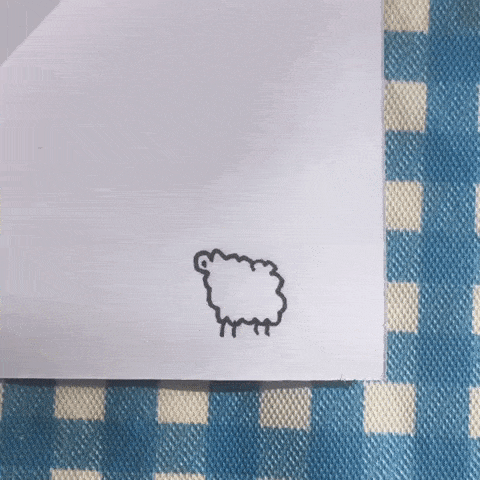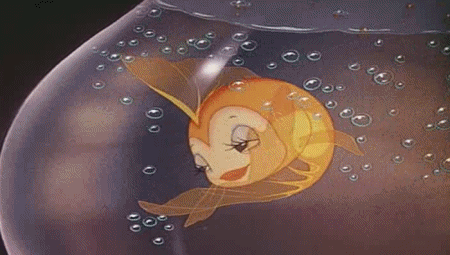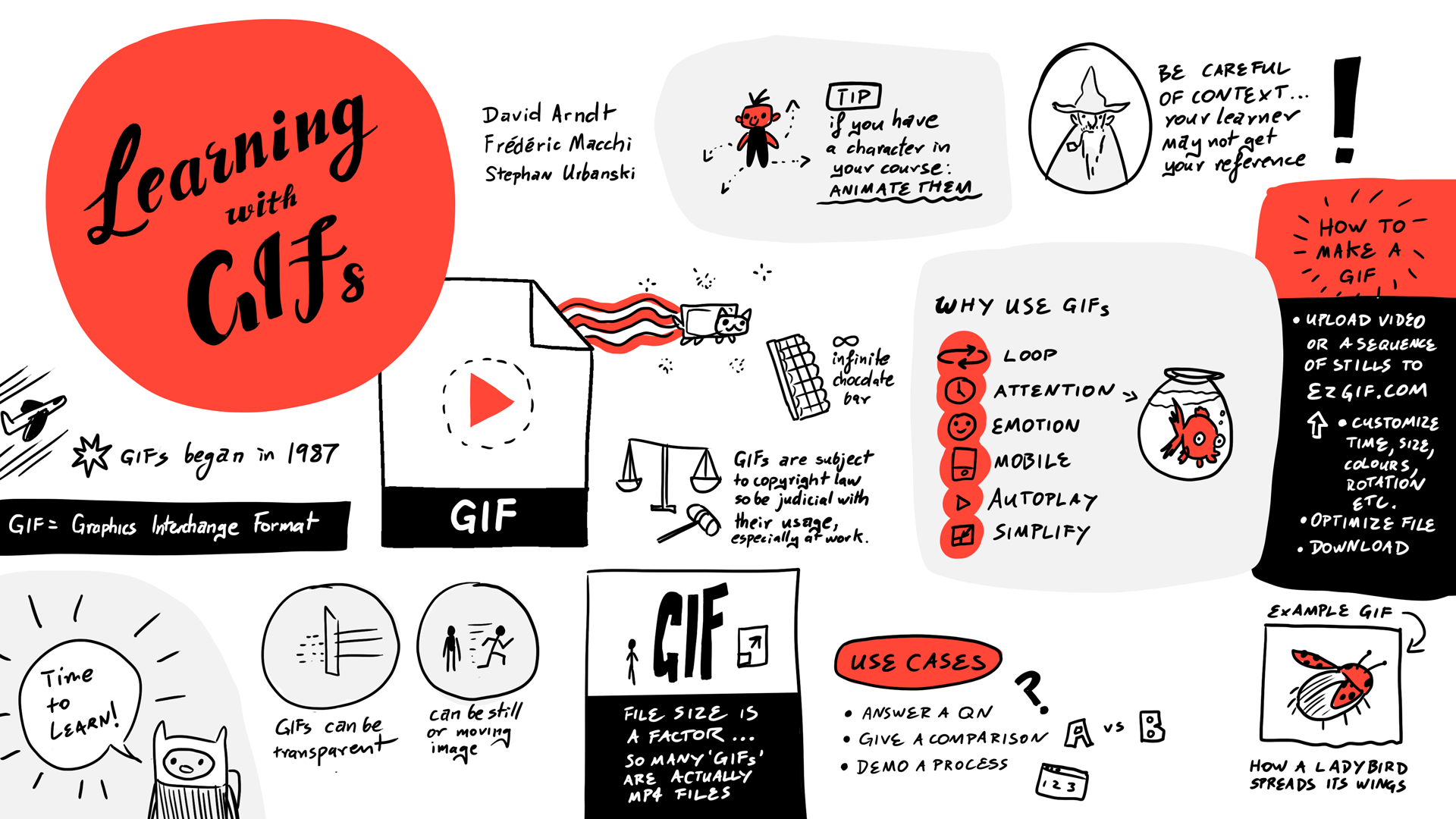
Five tips for more fun with e-learning
The company is offering a new e-learning course – does this still have the unfortunate effect of triggering the same feelings in your learners as their annual reminder to have the plaque removed from their teeth? It doesn't have to! We'll give you tips and tricks on how to make learning more fun by using GIFs.
Basics on the topic of GIFs
The first GIF had already been developed as early as 1987, but the idea of GIFs goes back even further. GIFs are, in fact, comparable to the good old flip book. The rapid flow of several individually drawn graphics creates a moving image for the human eye, basically an extremely short video without sound.

Not quite picture, not quite video: GIF stands for Graphic Interchange Format. GIFs are usually animated short clips without sound.
Even after more than 30 years, GIFs still enjoy great popularity, despite their somewhat dated appearance. The popular moving images are widely used, pixelated and limited colour spectrum notwithstanding, because they can be integrated almost anywhere and are easy to create and share. What’s more: Our digital communications, whether on Twitter, WhatsApp or Teams, would certainly be a lot less entertaining and descriptive without GIFs. Speechless? No problem! Joy, sadness, compassion, shame – no matter what feeling you want to convey, you can always find a GIF for it.
Good reasons for using GIFs in learning
Social media is not the only place for GIFs. They can also make learning more vivid and entertaining. We have compiled the most important arguments for the use of GIFs in e-learning for you:
- GIFs visually represent ideas and information in a few seconds
- A GIF is easier to follow than a series of still images
- GIFs usually run in a loop and are also perceived out of the corner of the eye
- GIFs therefore do justice to the attention span of Generation Goldfish (<8 seconds)
- Creating GIFs is much easier than creating high-end video content
- GIFs play automatically on almost any system
- GIFs trigger emotions. The stronger the emotion, the better the memory
- GIFs are mobile-friendly and ideal for micro-learning
tips for more GIF Ingenuity
The use of GIFs in e-learning offers several advantages. Use these short, vivid clips, for example, to make a step-by-step tutorial more entertaining, reinforce a key message, provide feedback, or make comparisons. We have summarised the most important tips for using GIFs in digital training courses for you below:
Tip 1: Offer your goldfish entertainment
Technological progress brings many opportunities and possibilities along with it, but at the same time, it is blamed for decreasing attention spans. You can counter that with GIFs. A good GIF attracts attention and triggers emotions, thus ensuring long-term retention. Boring, colourless GIFs reduce these effects.

Tip 2: No information overload
A rule of thumb should be: Only one theme per GIF. The individual short clips should not be longer than ten seconds and should be intuitively comprehensible. After all, true GIF genius is about explaining even complex facts in a simple and entertaining way (see point 1!).

Tip 3: Don't become Robin Hood. Or: No stealing for a good cause
Besides the popular genre of animal GIFs (keyword cat content), ultra short film scenes make particularly popular GIFs. Before you use a GIF like this from the Internet for your online training courses, however, make sure that you are not violating any copyrights.

Tip 4: Not everyone is familiar with Harry Potter
Consider the cultural background and age of your target audience. For example, if you use a meme from a film, ask yourself: Is my target audience likely to know the film? If a GIF is not clear and understandable, its positive learning effect is significantly reduced.

Tip 5: And the Oscar goes to... Hire a good protagonist
Do you have a recurring character in your other online training courses? Then provide your learners with a common thread and create GIFs with that character as well, for example, to provide feedback on a digital query. Passed the test? -> Rejoicing & Applause. Didn't pass the test? -> Sad face.

During an in-house imc BarCamp, Instructional Designer Stephan Urbanski and Senior Developer Frédéric Macchi presented a more detailed look at the potential of GIFs in the context of learning. The following sketchnote summarises the results of the session and all the important facts about learning with GIFs:

Contact person
